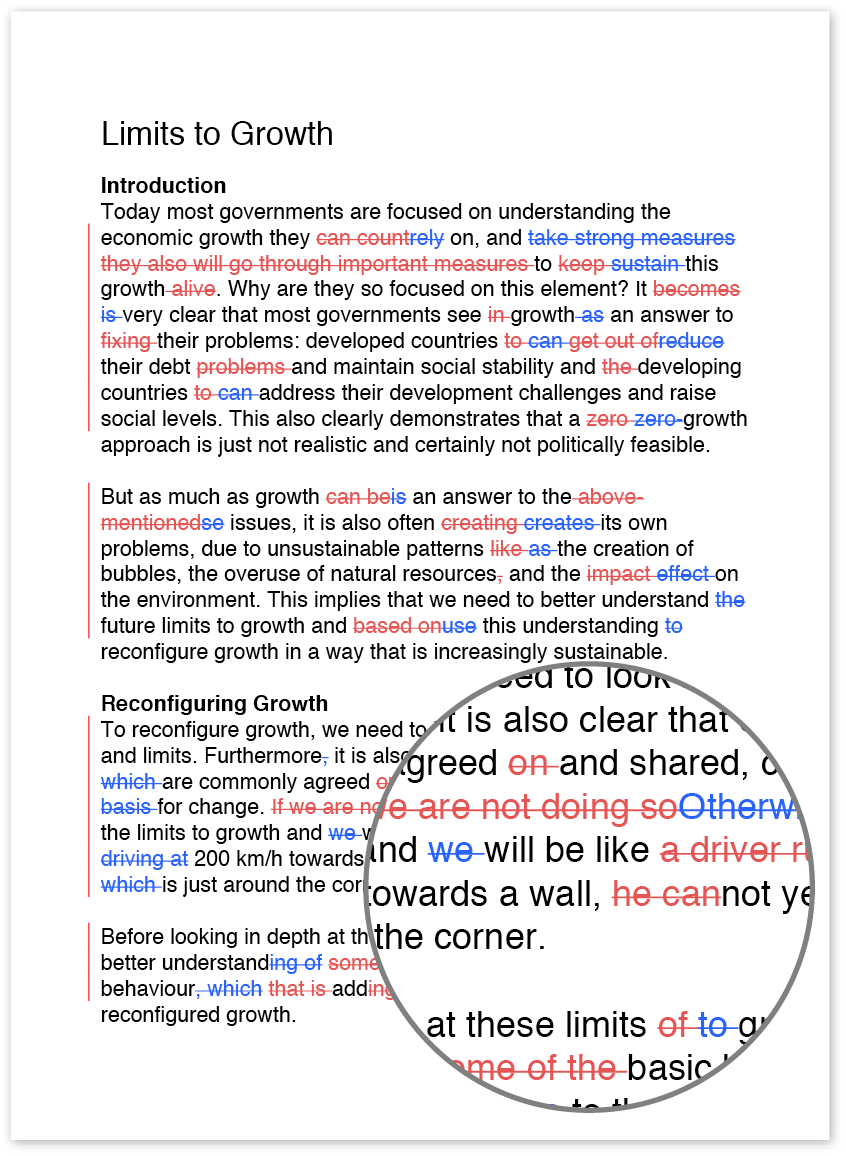Winning writing strategies
Writing can be difficult, and sometimes you’ll have a hard time coming up with ideas, getting your ideas down on paper or polishing your text. If you’re having trouble getting started on your document or finishing it up, try these winning writing strategies.
Brainstorming ideas
When you’re on a deadline and you can’t think of any good ideas for your piece, try brainstorming. Start with a blank sheet of paper and a general idea of what you’re trying to do with your piece. Are you writing a blog post on business practices or a short story?
Depending on what you’re writing, your brainstorming session will focus on very different elements. If you’re writing a blog post on business practices, you’ll jot down words or phrases related to the type of business you’re writing about, the practices you want to discuss, the audience you’re trying to reach, etc. If you’re writing a short story, you might make separate lists of character traits, plot points, settings and snippets of dialogue.
While you’re brainstorming, don’t worry about putting things in a coherent order or building on the ideas you jot down; just write down the idea and move on.
Use a voice recorder
Some people find it helpful to use a voice recorder to record their thoughts instead of writing them down. This might be particularly helpful when you’re coming up with ideas if you find that talking a thought through helps you develop it or identify related ideas. If you have a smartphone, you can use a voice recorder app to record your ideas and then transcribe them later; the process of listening to your ideas and writing them down can also help you further develop your thoughts.
Outline
Once you have a list of ideas, you might find it easiest to organise them by creating an outline. With this strategy, you list your main ideas and organise them into a logical flow before fleshing them out. This approach can help you determine whether you need to add any main ideas to the piece before you begin writing.
Focus on getting information on the page and then reorganise it
As an alternative to outlining, you might choose to flesh out the ideas you brainstormed and then organise them into sections and paragraphs. One technique you can use in conjunction with this strategy is free writing, in which you write down all the information connected to each idea that you brainstormed and then go back to reorganise and revise the material you’ve written to cut unnecessary information, add missing information or reorganise your thoughts.
Set your writing aside, then revisit it with fresh eyes
Once you’ve finished writing your piece, set it aside for a few days (time permitting) and come back to it with fresh eyes. Sometimes taking a few days away from the piece can help you think of some new ideas when you read it again later. You’re also more likely to notice any errors or missing information. If you don’t have time to use this strategy, find someone to edit the piece for you to point out any mistakes or things that don’t make sense. Do you have any winning writing strategies?

